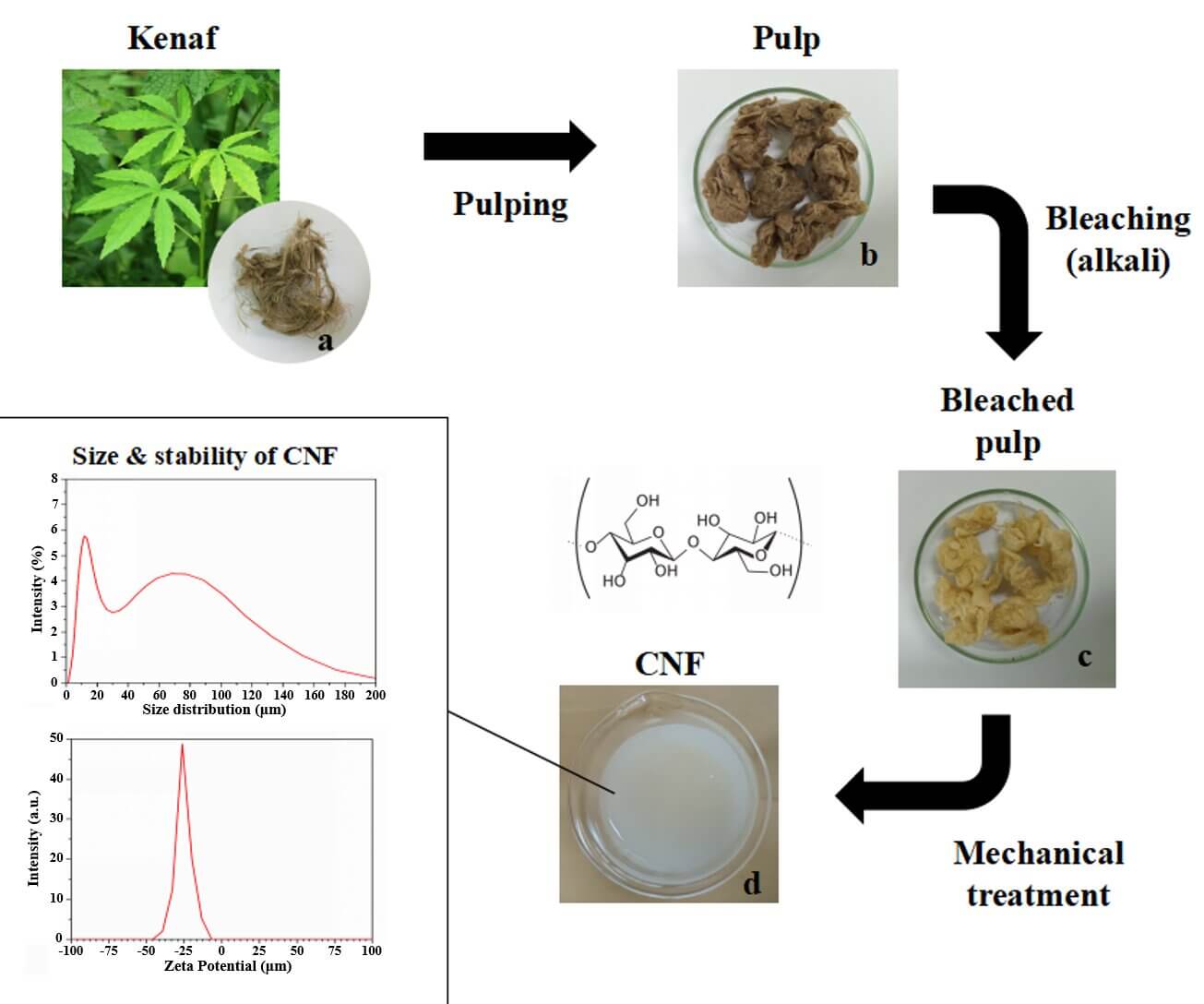 Open Access
Open Access
ARTICLE
Rudi Dungani1,*, Mohammad Irfan Bakshi2, Tsabita Zahra Hanifa1, Mustika Dewi1, Firda A. Syamani2, Melbi Mahardika2, Widya Fatriasari2,*
1 School of Life Sciences and Technology, Institut Teknologi Bandung, Bandung, 40132, Indonesia
2 Research Center for Biomass and Bioproducts, National Research and Innovation Agency (BRIN), Cibinong, 16911, Indonesia
* Corresponding Author: Rudi Dungani. Email: ; Widya Fatriasari. Email:
(This article belongs to the Special Issue: Special Issue in Celebration of JRM 10 Years)
Journal of Renewable Materials https://doi.org/10.32604/jrm.2024.049342
Received 03 January 2024; Accepted 07 March 2024; Published online 07 May 2024

View
Download
Like
Supercritical Carbon Dioxide Treated Kenaf Bast Pulp Fiber Reinforcement in Epoxy Composite
N. A. Sri Aprilia, M. S. Nurul...Opportunities for Cellulose Nanomaterials in Packaging Films: A Review and Future Trends
Nicole M. StarkCellulose Nanomaterials as Binders: Laminate and Particulate Systems
Mehdi Tajvidi, Douglas J. Gardner,...